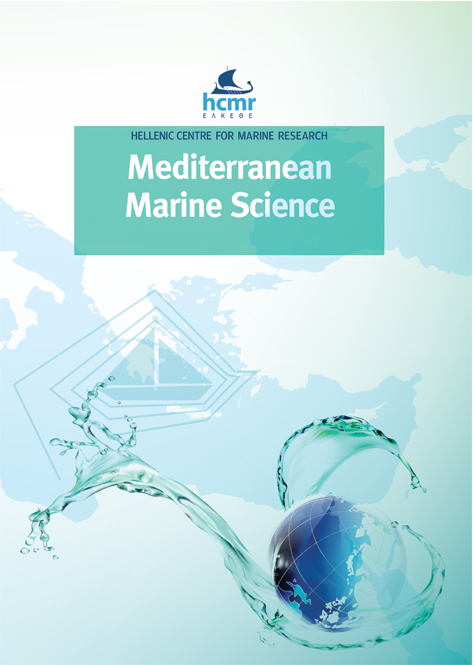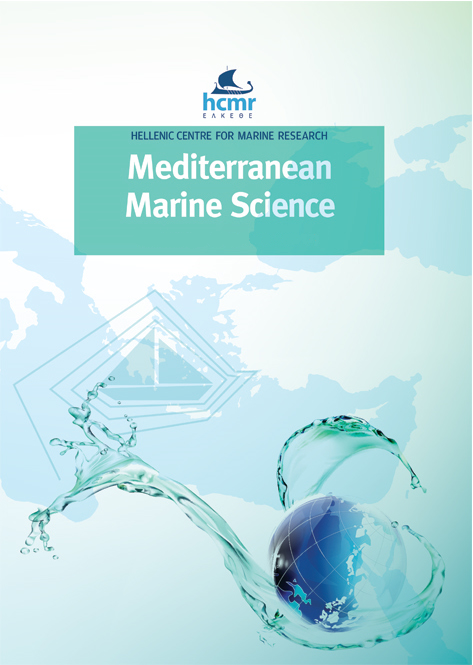Trophic positioning among native and non-indigenous species in the eastern Mediterranean Sea
Résumé
The substantial influx of non-indigenous species (NIS) into the eastern Mediterranean Sea from the Suez Canal has prompted questions about the mechanisms enabling their establishment and the resulting impacts on native species. We focus on the trophic level dynamics of the dominant native red mullet (Mullus barbatus) and the four NIS Pomadasys stridens, Upeneus moluccensis, U. pori, and Parupeneus forsskali. Using various methods, including trophic level estimations, intestine length analysis, and monthly trophic level variations, we assessed their trophic positions and flexibility. The results indicate that compared to M. barbatus, P. stridens occupies a lower trophic level due to its omnivorous nature, potentially facilitating its biomass increase. This lower trophic position is further supported by its lengthy intestine relative to size. Conversely, U. moluccensis, U. pori, and P. forsskali position themselves consistently at higher trophic levels than M. barbatus. Monthly trophic level variations suggest temporal dietary changes, which point to seasonal impacts on NIS success. M. barbatus’s resilience, including its preference for polychaetes, may explain its sustained dominance amid competition. This study sheds light on NIS-native species coexistence, further suggesting that NIS success could stem from exploitation of vacant niches and adaptation to new food sources.
Article Details
- Comment citer
-
TÜZÜN, S., & GÜCÜ, A. C. (2024). Trophic positioning among native and non-indigenous species in the eastern Mediterranean Sea. Mediterranean Marine Science, 25(2), 382–392. https://doi.org/10.12681/mms.36966
- Rubrique
- Research Article
Authors who publish with this journal agree to the following terms:
- Authors retain copyright and grant the journal right of first publication with the work simultaneously licensed under a Creative Commons Attribution Non-Commercial License that allows others to share the work with an acknowledgement of the work's authorship and initial publication in this journal.
- Authors are able to enter into separate, additional contractual arrangements for the non-exclusive distribution of the journal's published version of the work (e.g. post it to an institutional repository or publish it in a book), with an acknowledgement of its initial publication in this journal.
- Authors are permitted and encouraged to post their work online (preferably in institutional repositories or on their website) prior to and during the submission process, as it can lead to productive exchanges, as well as earlier and greater citation of published work (See The Effect of Open Access).







